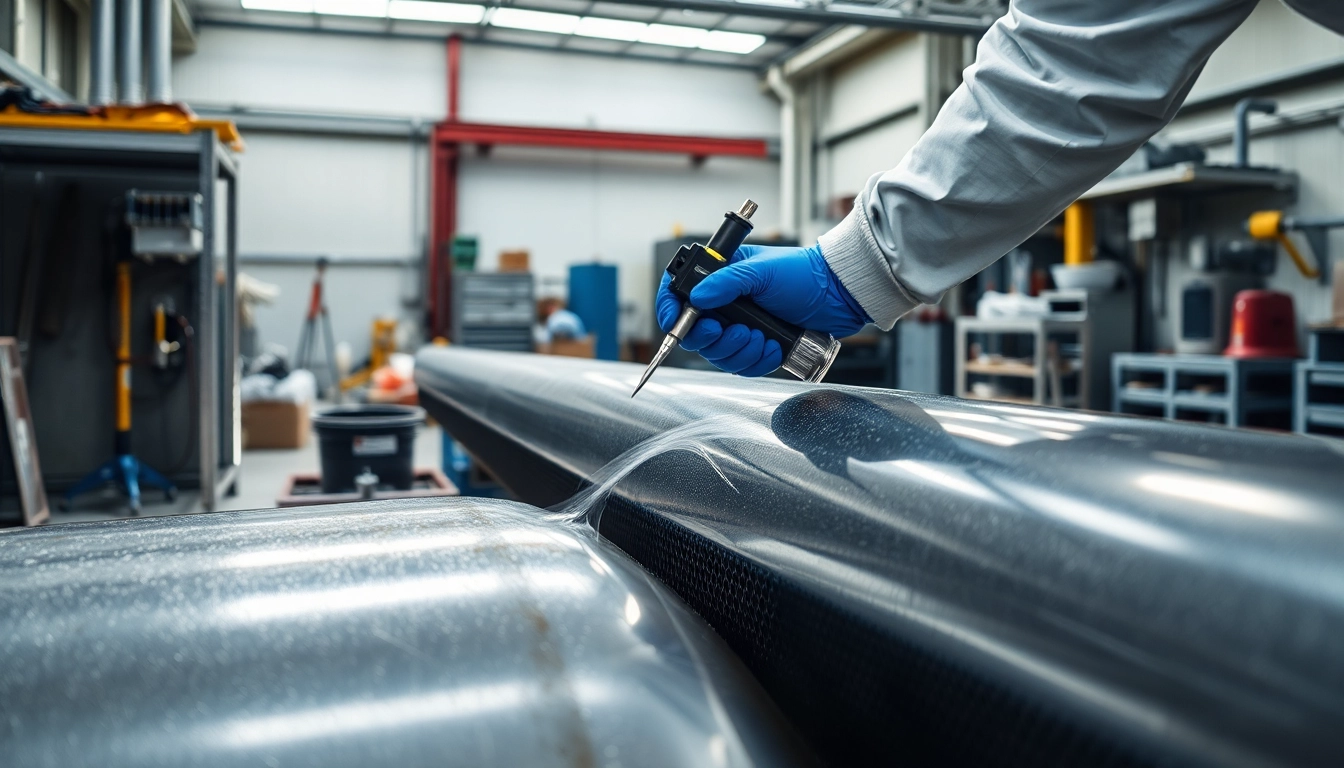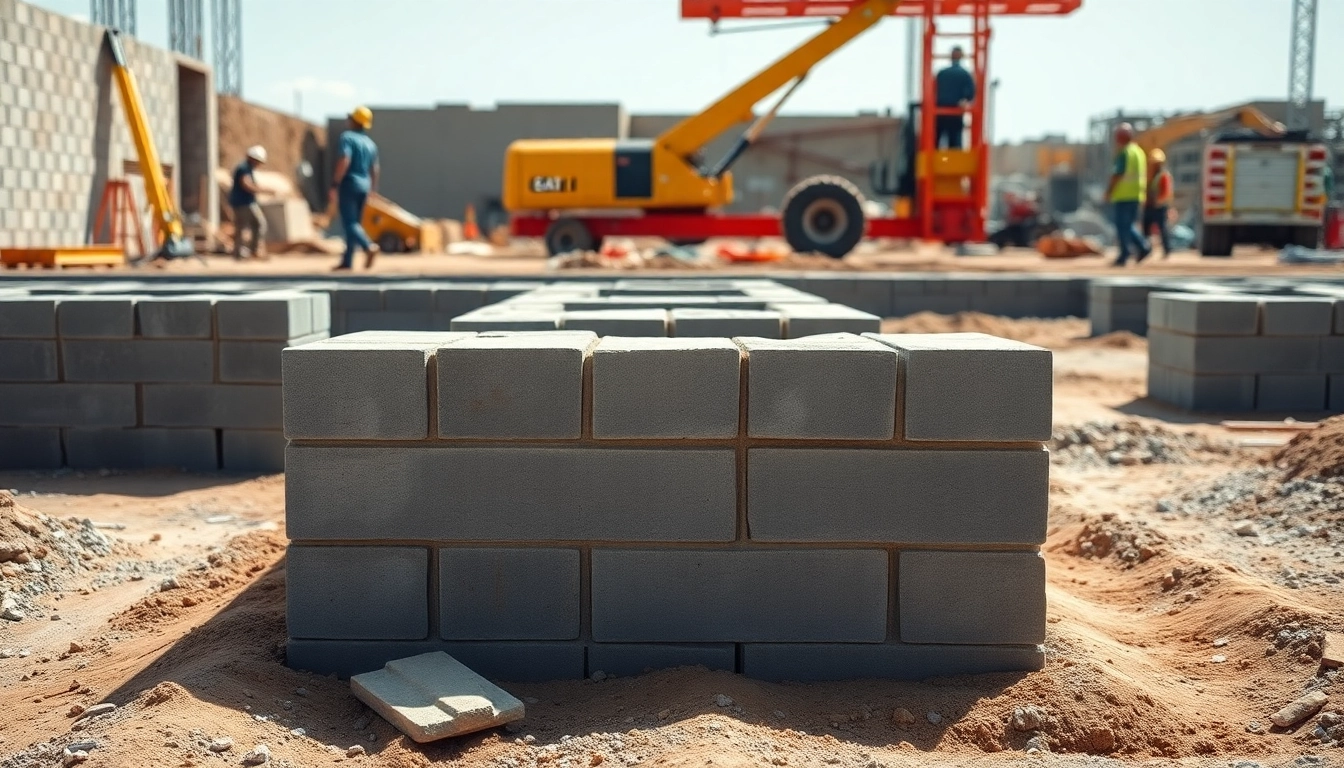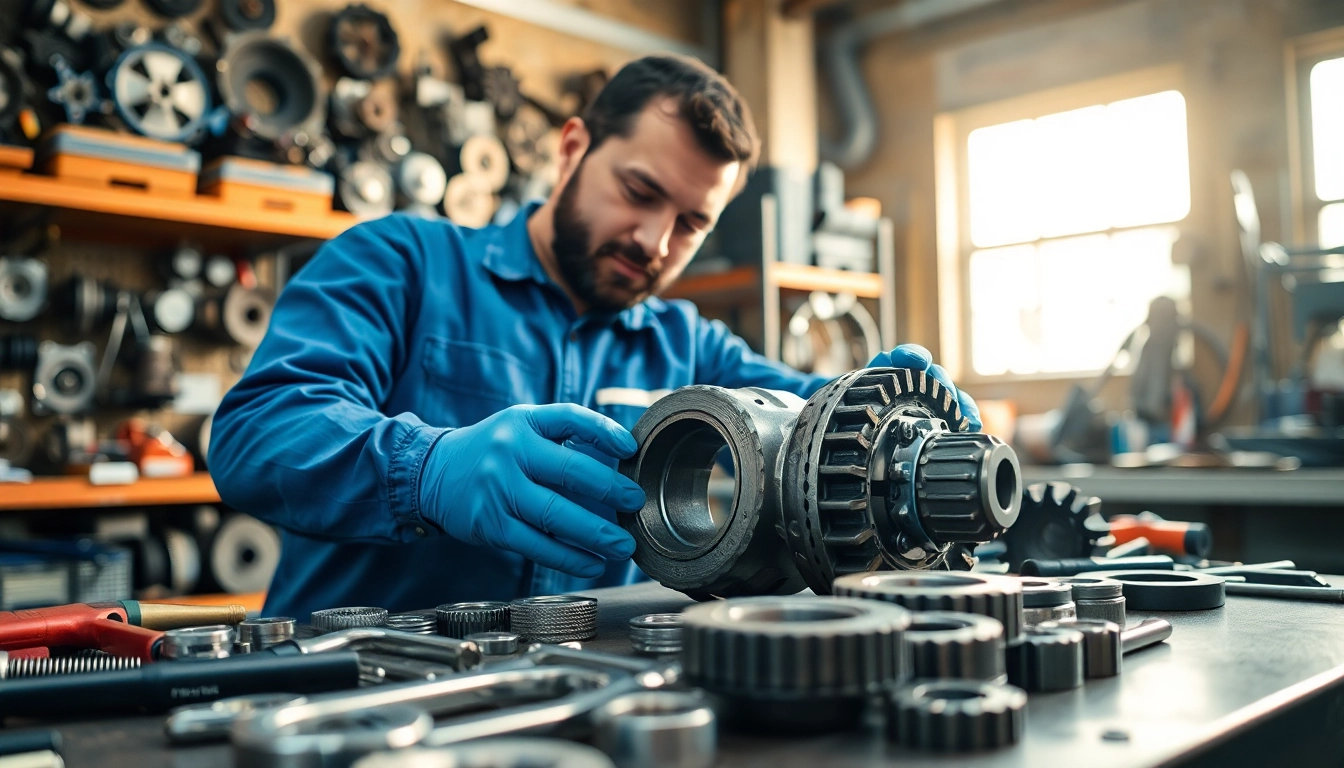Introduction to Corrosion Protection Coating
Corrosion is a natural process that deteriorates materials, primarily metals, due to environmental factors such as moisture, oxygen, and chemical exposure. To combat this inevitable deterioration, corrosion protection coating comes into play. This specialized coating serves as a barrier, protecting the underlying material from corrosive agents and significantly extending its lifespan. In industries where metal structures and components are integral, the importance of corrosion protection cannot be overstated.
What is corrosion protection coating?
Corrosion protection coatings are a variety of surface treatments designed to mitigate the effects of corrosion. They can be applied to various materials, including steel, aluminum, and concrete. These coatings are available in different forms, including paints, powders, and liquid formulations. Each type of coating operates on the same principle — forming a barrier that prevents or slows the chemical interactions that lead to corrosion. The right choice of coating depends on factors like the environment, the substrate material, and the intended service life of the coating.
Importance of corrosion protection coating
The significance of corrosion protection coating lies in its ability to protect investments. Metal equipment and structures are often costly, and their degradation can lead to substantial economic losses. Coatings help reduce maintenance costs and downtime associated with corrosion damage. Moreover, they contribute to safety by preventing structural failures that might occur due to weakened materials.
Common misconceptions about corrosion protection coating
Despite their crucial role, there are several misconceptions regarding corrosion protection coatings. One prevalent myth is that a coating can provide permanent protection; while a good quality coating can significantly extend the life of a metal surface, it will eventually wear out and require replacement or maintenance. Another misunderstanding is that all coatings are created equal; in reality, the effectiveness of a coating varies widely based on its formulation and application method.
Types of Corrosion Protection Coating
Organic versus inorganic corrosion protection coating
Corrosion protection coatings can be broadly categorized into organic and inorganic types. Organic coatings, such as epoxy and polyurethane, typically offer excellent adhesion and flexibility, making them suitable for a wide range of applications. In contrast, inorganic coatings like zinc or ceramic coatings excel in extreme environments due to their superior heat and chemical resistance. Understanding the differences between these types can help in selecting the right corrosion protection system for specific applications.
Comparison of corrosion protection coating materials
Several materials are used in the formulation of corrosion protection coatings, each possessing unique properties that influence performance:
- Epoxy coatings: Known for their strong adhesion and excellent chemical resistance, making them ideal for industrial applications.
- Polyurethane coatings: Offer outstanding UV resistance and flexibility, suitable for outdoor applications.
- Zinc coatings: Provide cathodic protection due to the sacrificial nature of zinc; commonly used in galvanizing processes.
- Ceramic coatings: Known for their durability and resistance to high temperatures, these coatings are used in specialized environments.
Innovative corrosion protection coating techniques
Recent advances in coating technology have led to innovative solutions for corrosion protection. Techniques such as plasma spraying, thermal spraying, and nanotechnology have emerged as effective means of enhancing the protective properties of coatings. For instance, nanostructured coatings can create surfaces with self-cleaning properties or superhydrophobic characteristics, significantly improving corrosion resistance in challenging environments.
Benefits of Using Corrosion Protection Coating
Cost-effectiveness of corrosion protection coating
Implementing corrosion protection coatings can lead to significant cost savings over time. By preventing corrosion, organizations can avoid costly repairs, replacements, and downtime. A study in industrial sectors has shown that investing in high-quality coatings can reduce maintenance costs by up to 50%. When assessing the total cost of ownership, the initial investment in quality coatings can yield impressive returns.
Enhanced lifespan of assets with corrosion protection coating
One of the primary advantages of using corrosion protection coating is the extended lifespan of assets. By shielding materials from corrosive elements, these coatings can double or even triple the life expectancy of metal structures. This enhancement in durability is particularly crucial in sectors such as construction, marine, and transportation, where structural integrity is paramount.
Sustainability implications of corrosion protection coating
The sustainability benefits of corrosion protection coatings are increasingly recognized. By prolonging the life of materials, these coatings contribute to reduced resource consumption and waste generation. Furthermore, several modern coatings are designed to be less toxic and more environmentally friendly than their predecessors, supporting a move towards greener practices in various industries.
Application Process for Corrosion Protection Coating
Preparation before applying corrosion protection coating
Proper surface preparation is critical for the success of any corrosion protection coating application. This stage involves cleaning the surface to remove contaminants such as oils, dust, and rust. Techniques may include sanding, blasting, or chemical cleaners, depending on the material and existing conditions. Ensuring the surface is dry and free of contaminants enhances adhesion and long-term performance of the coating.
Steps involved in applying corrosion protection coating
The application of corrosion protection coatings generally follows these steps:
- Surface preparation: As discussed, clean and prepare the surface to promote adhesion.
- Primer application: Apply a primer if required; this can enhance adhesion and provide an additional layer of protection.
- Coating application: Apply the corrosion protection coating in accordance with the manufacturer’s instructions, ensuring even coverage.
- Curing: Allow the coating to cure properly. Curing times vary based on the type of coating and environmental conditions.
Post-application care and maintenance of corrosion protection coating
Maintaining the integrity of a corrosion protection coating post-application is vital. Regular inspections are recommended to identify any damage or wear early. Cleaning the surface and addressing any visible issues promptly can help prolong the effectiveness of the coating. Additionally, applying touch-ups as needed can prevent small problems from becoming significant failures.
Case Studies and Real-world Applications of Corrosion Protection Coating
Industry-specific applications of corrosion protection coating
Corrosion protection coatings have found extensive applications across various industries. In the oil and gas sector, for instance, pipelines and storage tanks are often coated to withstand harsh environments. The automotive industry also relies heavily on corrosion protection to ensure vehicle longevity and safety. In construction, coatings protect structural steel and concrete from moisture and other corrosive elements, significantly enhancing service life.
Success stories with corrosion protection coating
Numerous success stories showcase the effectiveness of corrosion protection coatings. For example, a major infrastructure project involving the construction of bridges in a coastal area utilized a high-performance epoxy coating. This application effectively protected the metalwork from saltwater corrosion, resulting in extended maintenance intervals and cost savings over the structure’s lifespan.
Challenges and solutions in corrosion protection coating
While the benefits of corrosion protection coatings are substantial, challenges do exist. One common issue is coating failure due to improper application or environmental factors. Ensuring proper training for application teams and following manufacturer guidelines can mitigate these risks. Additionally, advancements in coating technologies continue to address issues such as adhesion failures and environmental sensitivity, providing manufacturers with more robust options for protecting their assets.



